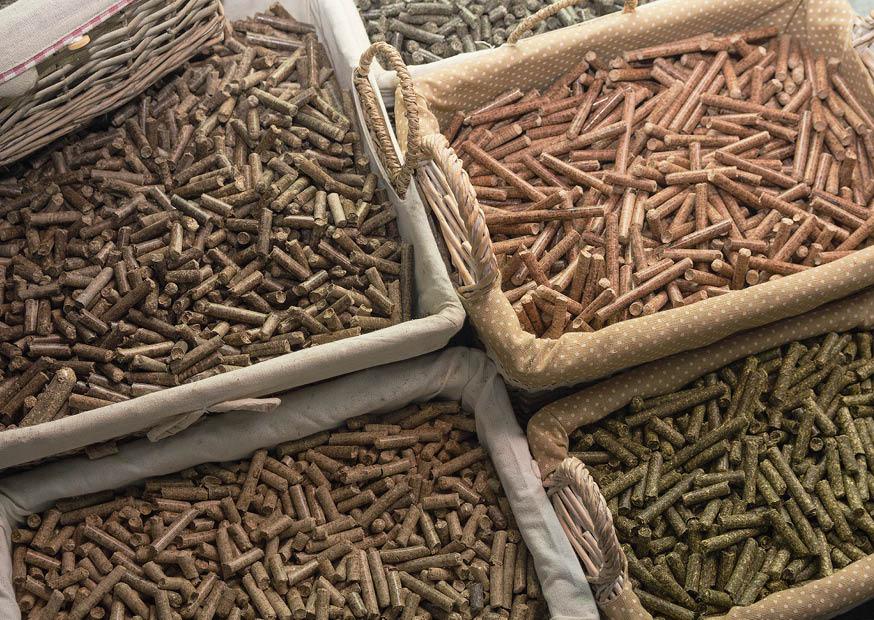Feed efficiency is a major cost in beef production. The following outlines a few simple hints and tips on how you can increase your profits this winter. Successful winter management includes carefully assessing body condition on pregnant cows when calves are weaned, and developing an adequate nutrition plan to allow cows to maintain moderate-to-good condition before their next calving.
Good husbandry, including the daily observation of the animals, is valuable in recognising early problems within the herd. At any one time, 80% of the herd should be ruminating if they are not eating, drinking or sleeping. Monitoring faeces provide essential information relating to how the rumen is working; for example, loose dung can indicate acidosis and a potential lack of fibre and long particles or whole grains are a sign of “too much throughput”.
Feed barrier design should allow easy access 24 hours a day with enough space for each animal. It is recommended that the eating surface should be smooth, cleaned out at least weekly, and fresh feed is always available. Cereals should not be ground into small particles and a source of long fibre should be available to encourage rumination along with clean fresh water in a well ventilated and bedded area.
Various ruminant systems work in the UK; from intensive to extensive and the phases of rearing, growing and finishing within them. The cattle breeds within each vary according to their qualities.
Rearing
During rearing, from birth to weaning, is a period of time known for the
best feed conversion.
Hand-reared calves drink 6 litres twice a day which needs to be provided at a consistent time, temperature and concentration. In comparison, the suckled calf has ad libitum milk with a low concentrate intake and therefore a more gradual; rumen development.
Growing
The growing phase is one of steadier growth, more associated with a semi-intensive system, and is a period of adding ‘frame and weight’. Animals within this phase have a large appetite relative to their live weight and require a high level of good quality forage nutrition. The amount of concentrate is matched to the quality of forage available and will depend upon forage analysis reports. DMI should be 2.5% of live weight with a target daily weight gain of 0.7 to 1.2 kg.
Finishing
The finishing phase is the final rapid growth phase which involves the lay down of meat and fat cover. Within this phase high levels of DMI should be maintained, aiming for an intake of 1.7 to 2% of live weight and a target daily weight gain of greater than 1.3kg per day. The ration should include a crude protein of 12 to 14%.
The importance of good storage of all feedstuffs and providing palatable raw materials, reiterating that consistency is key. The rumen needs time to adapt to any changes within the diet.
The need for feed?
Need support? Being UK based farm suppliers we can provide advice and free quotations plus our animal health team can assist with detailed queries on food supplements, minerals and medication. GLW quality feeds are carefully formulated incorporating the latest nutritional knowledge to maximise the potential of modern rearing and finishing systems. Each is formulated to provide the optimum balance of nutrients to maximise feed efficiency and profitability.
Click to browse our cattle feed
The following content was presented as part of StowAg's Cattle Housing Event in October by GLW Feeds, a renowned family-owned company that produces high-quality ruminant, poultry, pig and game feeds.
